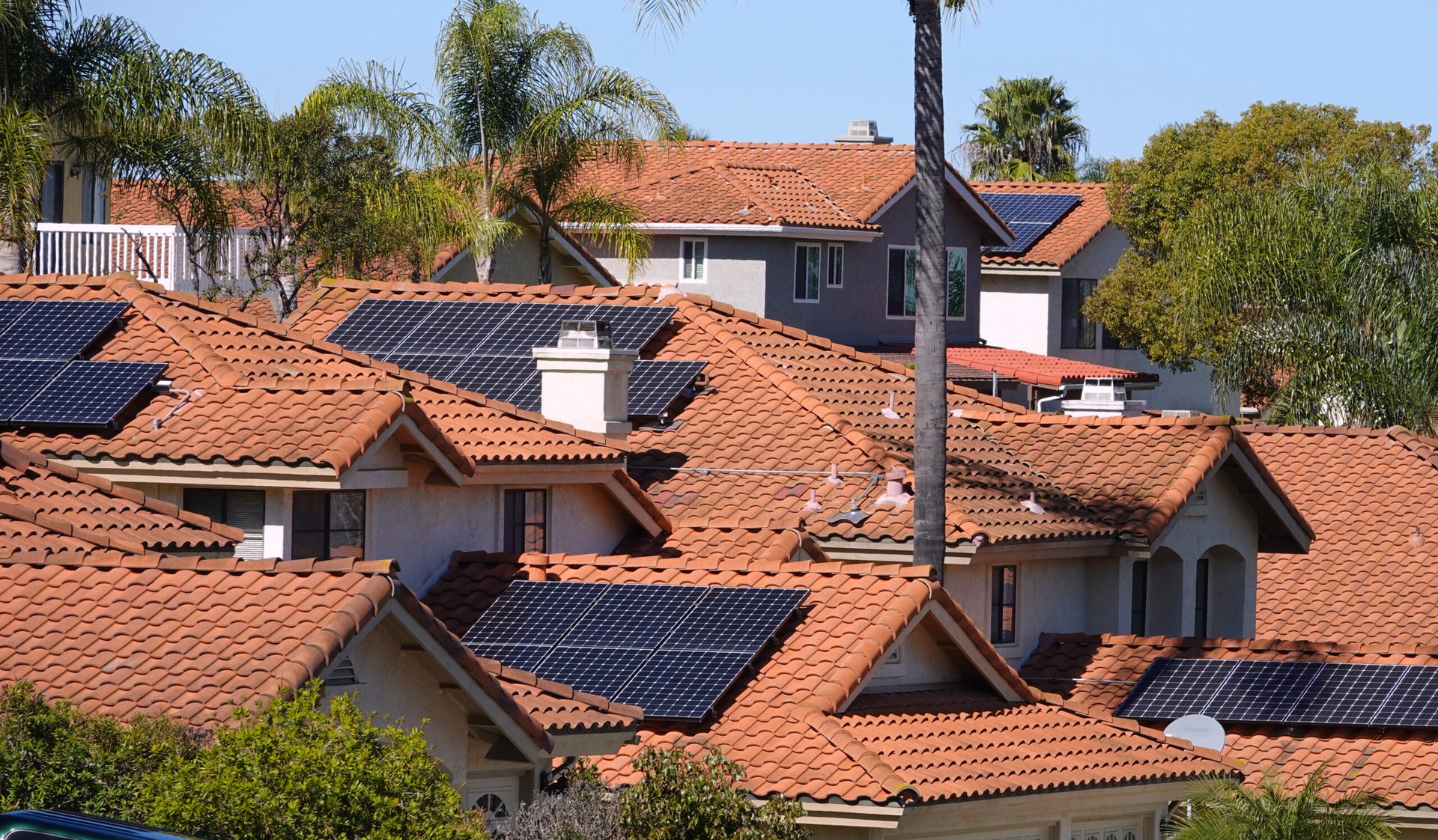bombermoon/iStock via Getty Images
California is launching major changes in how solar energy is measured, and critics say it could now take years longer for a rooftop solar installation to pay for itself.
California homeowners and businesses with rooftop solar panels have long been able to sell surplus electricity back to the state’s energy grid and receive a near dollar-for-dollar credit on their electricity bills, “net metering” incentives that have helped more than 1.6M California customers go solar.
Starting April 15, new buyers will earn a much smaller credit for each kilowatt of electricity they feed back to the grid – 75% smaller, according to the California Solar and Storage Association.
The intention is to get solar users to install home batteries that store energy for later use, rather than just sending it back to the grid, the California Public Utilities Commission has said, but solar advocates say expensive batteries could add more financial burden to households already paying for solar panels.
The change affects customers of California’s three largest investor-owned utilities: Pacific Gas & Electric (PCG), Southern California Edison (EIX) and San Diego Gas & Electric (SRE).
Since the changes were first proposed two years ago, stock prices of solar companies such as Sunrun (RUN), SunPower (SPWR) and Sunnova (NOVA) have been cut in half.
Pavel Molchanov, renewable energy analyst at Raymond James, thinks the changes will work out fine, as California’s high electricity prices will remain a “very powerful demand driver for rooftop solar.”
Molchanov says the level of rooftop solar installations in California may drop modestly in 2023, but over the long term, the state will continue to have a strong solar market as electricity becomes more expensive and solar costs continue to decline.
ETFs: (NYSEARCA:TAN), (ICLN), (QCLN)







































